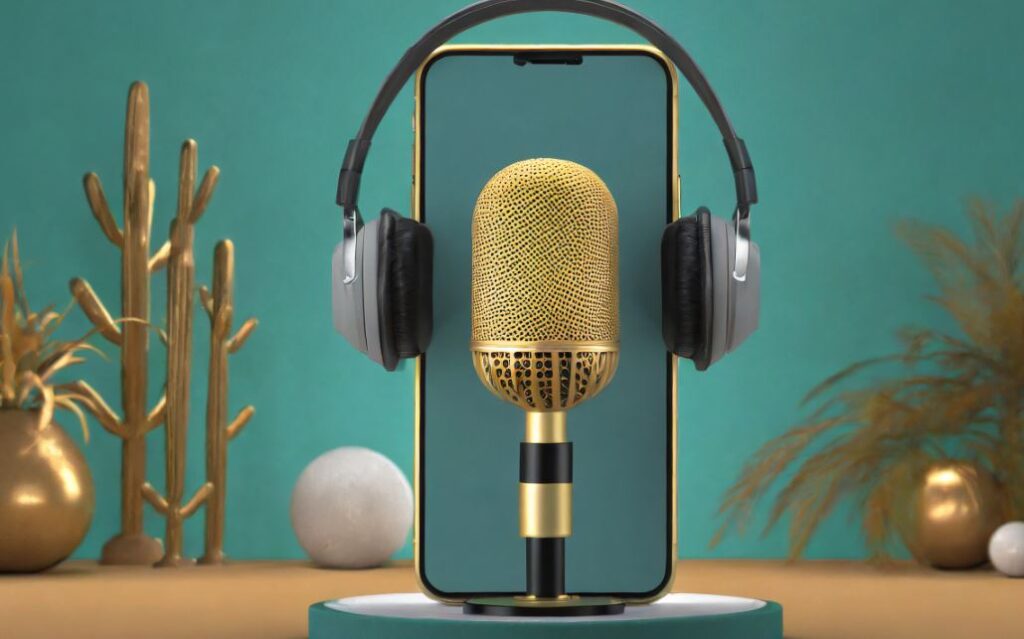Strumming Success: Essential Tips for Beginner Guitar Players
Begin your guitar journey with confidence using these essential tips. Start with a well-tuned guitar and practice basic chords like E, A, and D. Develop finger strength and dexterity through daily exercises. Focus on proper hand placement and posture to avoid discomfort. Practice strumming patterns and gradually increase speed. Learn to read chord diagrams and simple tablature. Start with easy songs to build confidence and progress gradually. Utilize online tutorials and resources for additional guidance. Embrace the learning process, and remember that consistency is key to becoming a skilled guitarist.

Choose the Right Guitar:
Begin by choosing the right guitar for your playing style. Consider factors such as body size, neck width, and the type of music you want to play.
- Begin by choosing the right guitar for your playing style.
- Consider factors such as body size, neck width, and the type of music you want to play.
- Visit a music store to try out different guitars and find one that feels comfortable.
Learn the Basics of Tuning:
Understand the basics of tuning your guitar. Whether using a tuner or tuning by ear, keeping your guitar in tune is crucial for developing a good ear and playing in harmony.
- Understand the basics of tuning your guitar.
- Whether using a tuner or tuning by ear, keeping your guitar in tune is crucial for developing a good ear and playing in harmony.
- Practice tuning regularly to build consistency.
Master Essential Chords:
Focus on mastering essential chords such as C, G, D, A, and E. These foundational chords are used in countless songs and provide the basis for many chord progressions.
- Focus on mastering essential chords such as C, G, D, A, and E.
- These foundational chords are used in countless songs and provide the basis for many chord progressions.
- Practice transitioning between chords to improve your fluency.
Develop Proper Finger Placement:
Develop proper finger placement on the fretboard. Ensure your fingers are positioned close to the frets for clear notes and minimal string buzzing.
- Develop proper finger placement on the fretboard.
- Ensure your fingers are positioned close to the frets for clear notes and minimal string buzzing.
- Practice placing each finger individually on the fretboard to build muscle memory.
Practice Basic Strumming Patterns:
Practice basic strumming patterns to build rhythm and coordination. Start with simple downstrokes and upstrokes, gradually incorporating more complex patterns.
- Practice basic strumming patterns to build rhythm and coordination.
- Start with simple downstrokes and upstrokes, gradually incorporating more complex patterns.
- Use a metronome to practice strumming at different tempos.
Explore Fingerpicking Techniques:
Explore fingerpicking techniques to add versatility to your playing. Learn basic fingerpicking patterns and gradually progress to more intricate styles.
- Explore fingerpicking techniques to add versatility to your playing.
- Learn basic fingerpicking patterns and gradually progress to more intricate styles.
- Experiment with fingerpicking while playing chords and melodies.
Practice Regularly and Set Goals:
Practice regularly and set goals for your guitar playing. Consistent practice is key to improvement, and having specific goals helps track your progress.
- Practice regularly and set goals for your guitar playing.
- Consistent practice is key to improvement, and having specific goals helps track your progress.
- Allocate dedicated practice time each day or week.
Play Along with Songs:
Play along with songs to apply your skills in a musical context. Choose songs with a variety of chords and strumming patterns to challenge yourself.
- Play along with songs to apply your skills in a musical context.
- Choose songs with a variety of chords and strumming patterns to challenge yourself.
- Use online resources or apps that provide chord diagrams for popular songs.
Seek Guidance and Learn from Others:
Seek guidance from more experienced players and learn from others. Join guitar communities, take lessons, or participate in jam sessions to gain insights and inspiration.
- Seek guidance from more experienced players and learn from others.
- Join guitar communities, take lessons, or participate in jam sessions to gain insights and inspiration.
- Don’t hesitate to ask questions and share your progress with fellow musicians.
Stay Patient and Enjoy the Process:
Stay patient and enjoy the process of learning the guitar. Progress may take time, but celebrating small victories and finding joy in playing is essential for long-term motivation.
- Stay patient and enjoy the process of learning the guitar.
- Progress may take time, but celebrating small victories and finding joy in playing is essential for long-term motivation.
- Remember that every guitarist, including professionals, started as a beginner.
Advantages of Following Guitar Tips:
- Enhanced finger strength and dexterity for smoother playing.
- Improved understanding of basic chords and strumming patterns.
- Maximized confidence through gradual skill development.
- Accelerated progress by focusing on proper technique and posture.
- Promotion of a positive and enjoyable learning experience.
Disadvantages of Ignoring Guitar Tips:
- Increased difficulty in playing chords and maintaining a smooth strumming rhythm.
- Challenges in progressing to more advanced playing techniques.
- Reduced confidence and enjoyment in the learning process.
- Potential discomfort or strain due to incorrect hand placement and posture.
- Slower development of foundational skills necessary for guitar playing.
Things to Avoid for Successful Guitar Learning:
Avoid neglecting basic exercises for finger strength and dexterity. Minimize frustration by starting with simpler songs and chords. Refrain from improper hand positioning and posture to prevent discomfort. Avoid rushing through lessons; focus on mastering one concept at a time. Seek guidance from experienced players but avoid comparing your progress to others. Consult with guitar instructors for personalized advice and feedback.







